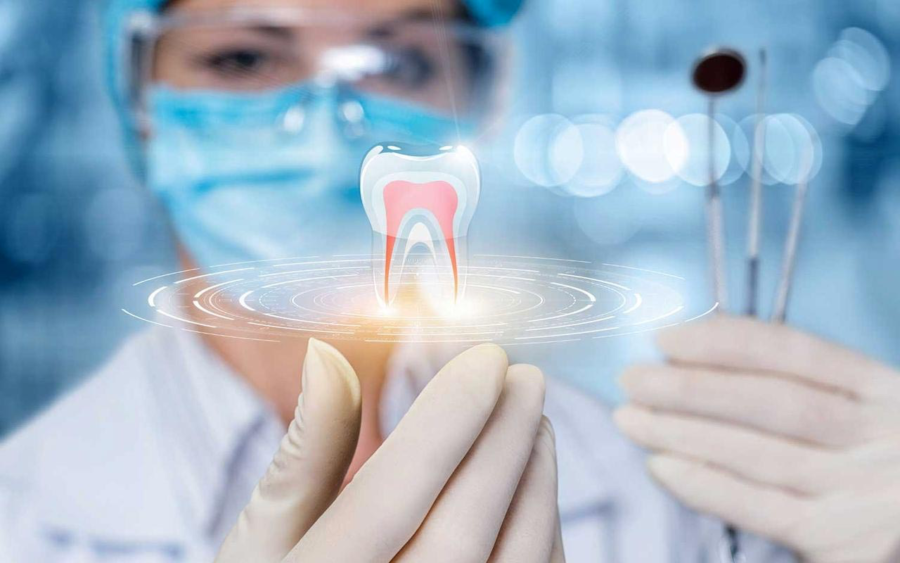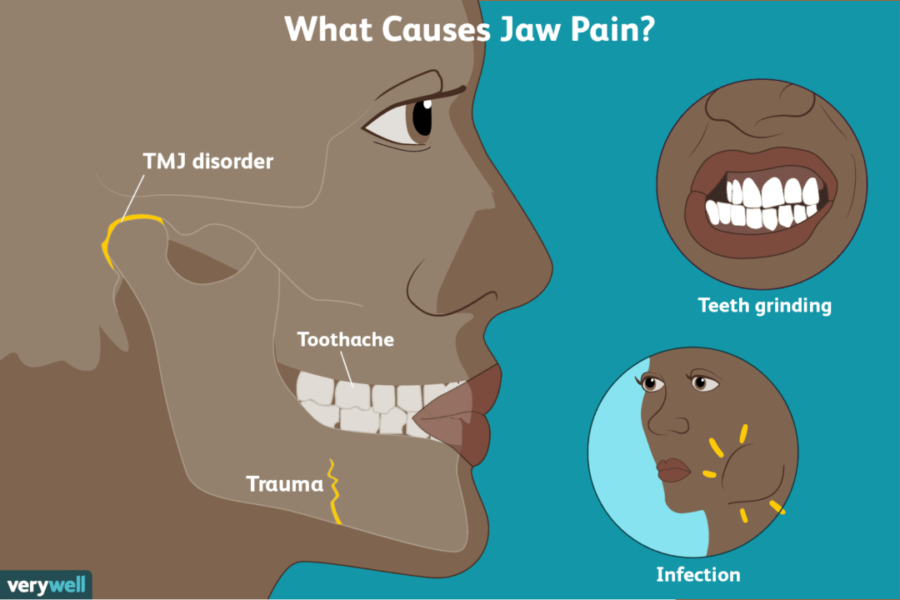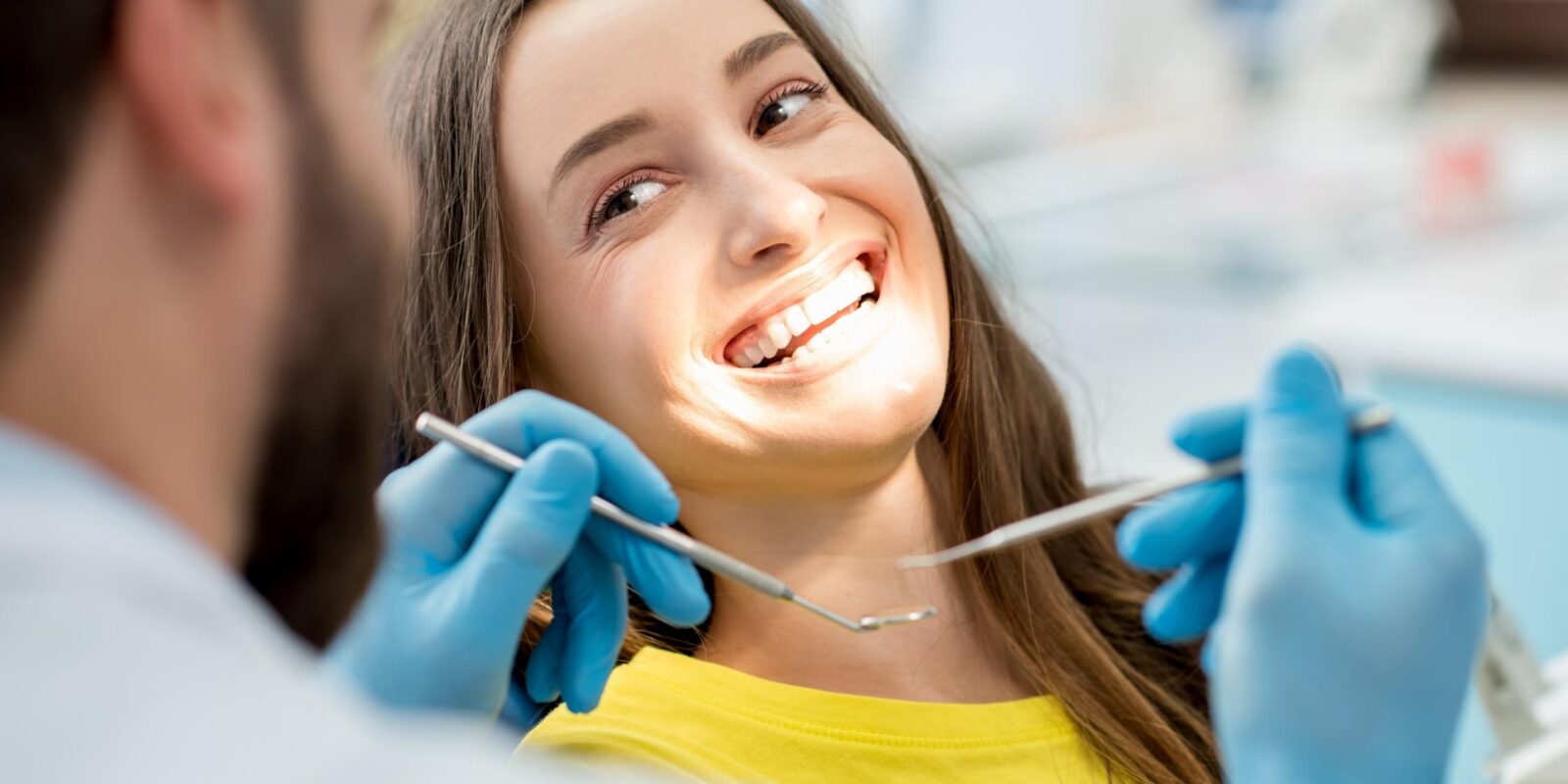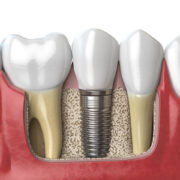A unique dental approach combines the investigation of the neuromuscular system with dental procedures. Neuromuscular dentistry is a fascinating area that is gaining popularity for its ability to efficiently identify and treat a variety of dental conditions. The leading authority in this area, Dr. Chirag Chamria, will provide a clear and comprehensive explanation of the science behind it in this article. This article will provide you with intriguing insights into the science underlying neuromuscular dentistry, whether you’re a dental expert or just interested in the most recent developments in the field.
Understand Neuromuscular Dentistry
The link between the temporomandibular joint (TMJ), the muscles of the face and jaw, and how they affect dental health and general wellbeing is the subject of the specialist specialty of dentistry known as neuromuscular dentistry. This method of dentistry tries to identify and treat issues with the position, alignment, and operation of the jaw and bite.
Science Behind Neuromuscular Dentistry
A thorough knowledge of how muscles and their interactions with the temporomandibular joint (TMJ) impact dental health and general wellbeing is the foundation of neuromuscular dentistry. Let’s go further into the science behind neuromuscular dentistry:
Understanding the Bite
Occlusion: When the jaw is closed, the way the upper and lower teeth occlude is known as occlusion. A perfect bite, also known as occlusion, guarantees that the teeth fit together harmoniously, dispersing pressure while chewing in an equal manner, and minimizing overstress on particular teeth or the TMJ.
Malocclusion: Any misalignment of the teeth or jaw is referred to as malocclusion. Numerous dental issues, such as tooth deterioration, jaw discomfort, migraines, and impaired oral function, may be brought on by malocclusion.

Neuromuscular Bite Analysis: To carefully quantify muscle activity and examine the patient’s bite, neuromuscular dentists employ a variety of diagnostic technologies, including electromyography (EMG) and computerized jaw tracking. Identification of muscular imbalances and malocclusion is aided by this study.
Neuromuscular Diagnostics
The electrical activity of muscles is measured using electromyography (EMG). It is used in neuromuscular dentistry to assess the efficiency of the jaw-moving muscles. EMG data may be used to identify any aberrant muscle patterns or too-tight muscles.
Using vibrations caused by moving the jaw, this diagnostic instrument evaluates the health of the TMJ. It may assist in identifying joint dysfunction and anomalies.
Systems that monitor and evaluate the movement of the jaw are available. This knowledge makes it easier to comprehend how the jaw works and may highlight problems caused by jaw misalignment.
Muscles and Dental Health
Muscle Function: Oral function is greatly influenced by muscles. The muscles in the face and jaw control a number of activities, such as biting, chewing, speaking, and expressing facial emotions. For sustaining oral health and comfort, these muscles must be balanced and coordinated properly.
Muscle Imbalances: Issues including TMJ disorders, bruxism (grinding one’s teeth), and facial discomfort may result from unbalances in the muscles of the jaw and face. As a result of these problems, a person’s oral health may suffer from dental wear, misalignment, and pain.
Neuromuscular Dentistry treats range of Dental Issues
- Temporomandibular joint (TMJ) abnormalities may result in clicking, jaw discomfort, and restricted movement.
- Neuromuscular dentistry may assist in controlling tooth grinding, which can cause tooth wear and damage.
- Neuromuscular treatments may be utilized to treat headaches and migraines that are brought on by jaw and muscle stress.
- Bite alignment issues may identify and correct issues with the bite that have an impact on chewing and general dental health.
- Neuromuscular dentistry may treat facial pain and discomfort brought on by tense muscles.
- It may treat certain sleep apnea situations that are related to jaw and muscle problems.
Role of Technology | Neuromuscular Dentistry
Technology is crucial for offering precise diagnosis and efficient treatments for a range of oral diseases in the field of neuromuscular dentistry. One of the main techniques used in this field is electromyography (EMG), which examines the electrical activity of the muscles responsible for moving the jaw.

During EMG therapy, electrodes are placed on certain head and neck muscles. These electrodes then record the electrical impulses produced by the muscles during various jaw actions. By analyzing these signals, dentists may discover a lot about the function of the jaw muscles and identify any imbalances or irregularities.
Benefits of Neuromuscular Dentistry for Patients
For individuals with TMJ difficulties and other oral conditions, it provides a number of advantages. Among the main advantages are:
- Long-lasting relief from TMD symptoms: Neuromuscular dentistry offers long-term treatment from TMD symptoms such jaw discomfort, headaches, and trouble opening or shutting the mouth by treating the underlying cause of TMD.
- Better jaw function: When the bite is in the right position, the jaw works at its best, which enhances eating, speaking, and all other aspects of oral function.
- Improvement in quality of life: TMD symptoms may have a significant negative influence on a person’s quality of life by causing discomfort, pain, and restrictions on everyday activities. These symptoms may be reduced with neuromuscular dentistry, giving patients a higher quality of life.
Frequently Asked Questions
Q. Is TMJ dysfunction the only condition neuromuscular dentistry treats?
Despite the fact that neuromuscular dentistry largely focuses on the diagnosis and treatment of TMJ disorders, it may also be helpful for other dental problems, including malocclusion (teeth that are not positioned properly) and persistent headaches. In order to produce harmony and balance across the whole oral system, neuromuscular dentistry addresses the underlying biting problems.
Q. Is insurance going to cover neuromuscular dentistry??
Depending on the specific insurance plan, several dental treatments for neuromuscular disorders may be covered by insurance. To find out how much your insurance will pay for neuromuscular dentistry treatments, it is advised to contact your insurance company.
Q. Do treatments for neuromuscular dentistry have any adverse effects?
Treatment with neuromuscular dentistry is typically well-tolerated and safe. But some patients, particularly in the early phases of therapy, could feel brief stiffness or discomfort in the jaw or teeth. Usually, these adverse effects go away as the jaw muscles become used to the new biting position.

Conclusion
TMJ disorders, malocclusion, and other dental problems involving the bite may all be diagnosed and treated using a holistic approach provided by neuromuscular dentistry. Dentists can treat TMD symptoms permanently and enhance jaw function by comprehending the intricate interaction between the jaw, muscles, and joints. The science behind this area of dentistry has been clarified by Dr. Chirag Chamria. He emphasizes the significance of locating the ideal jaw position for attaining harmony and balance in the oral system. Neuromuscular dentistry has transformed the way dental problems are identified and addressed by combining cutting-edge technology and individualized treatment strategies. We really hope you found this post useful.






